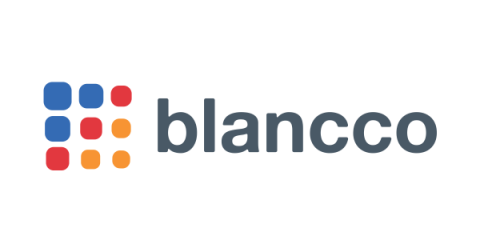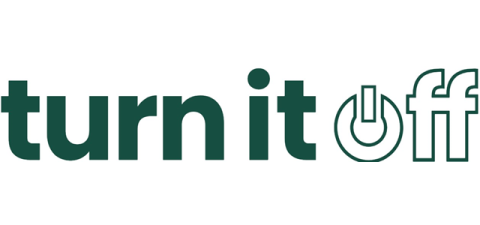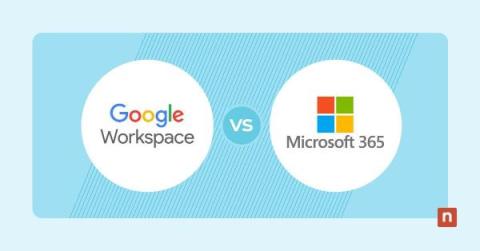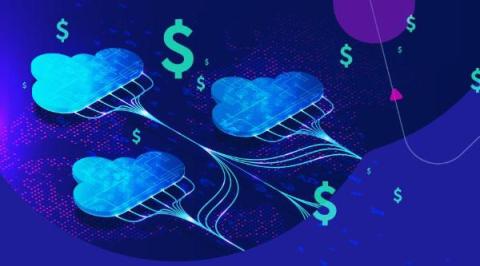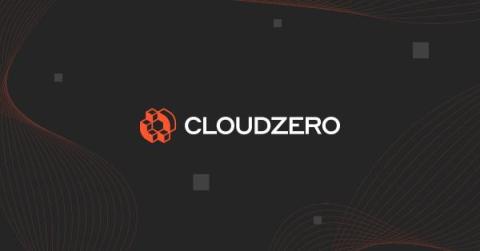Navigating Software Selection: Unleashing the Power of Scenario Planning and Node Analysis
Node Analysis and Scenario Planning are invaluable tools for strategic software selection. They empower organizations to anticipate and prepare for a multitude of future scenarios and their potential impacts. When it comes to selecting a software vendor, these approaches enable organizations to comprehensively assess a wide range of possible futures and evaluate the performance of each software vendor's solution under various conditions.



